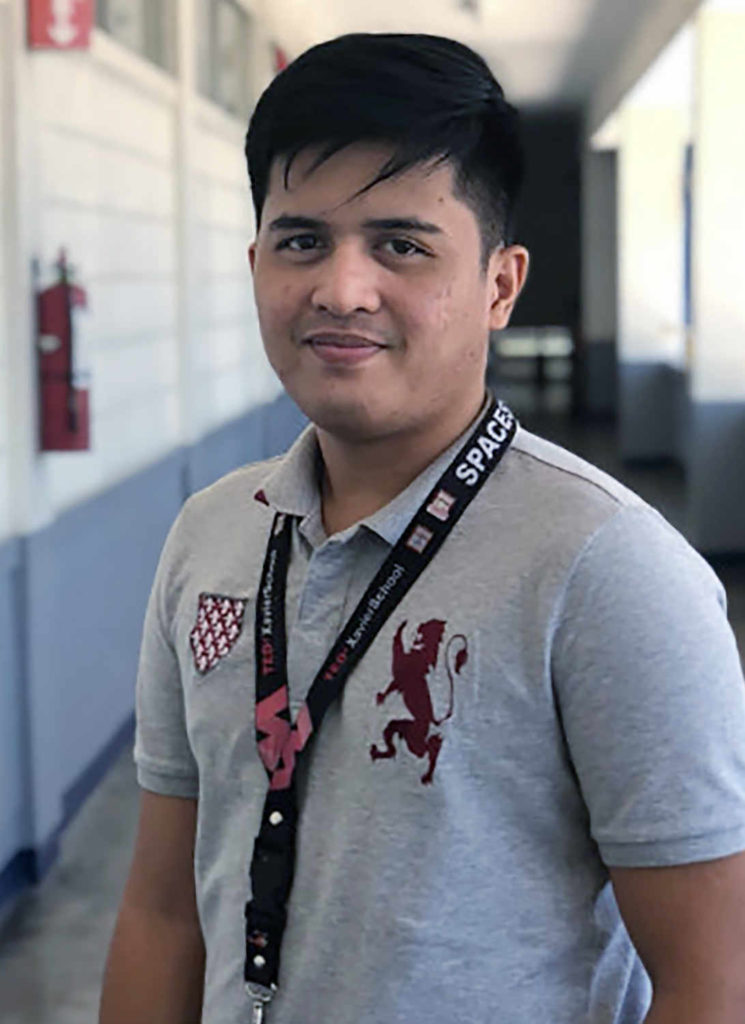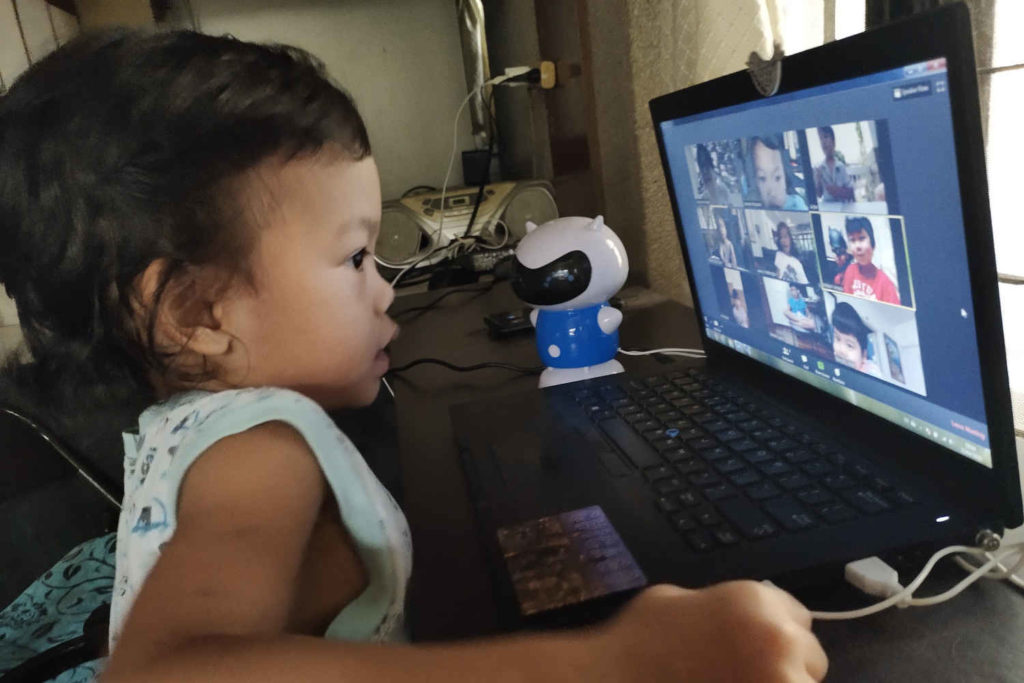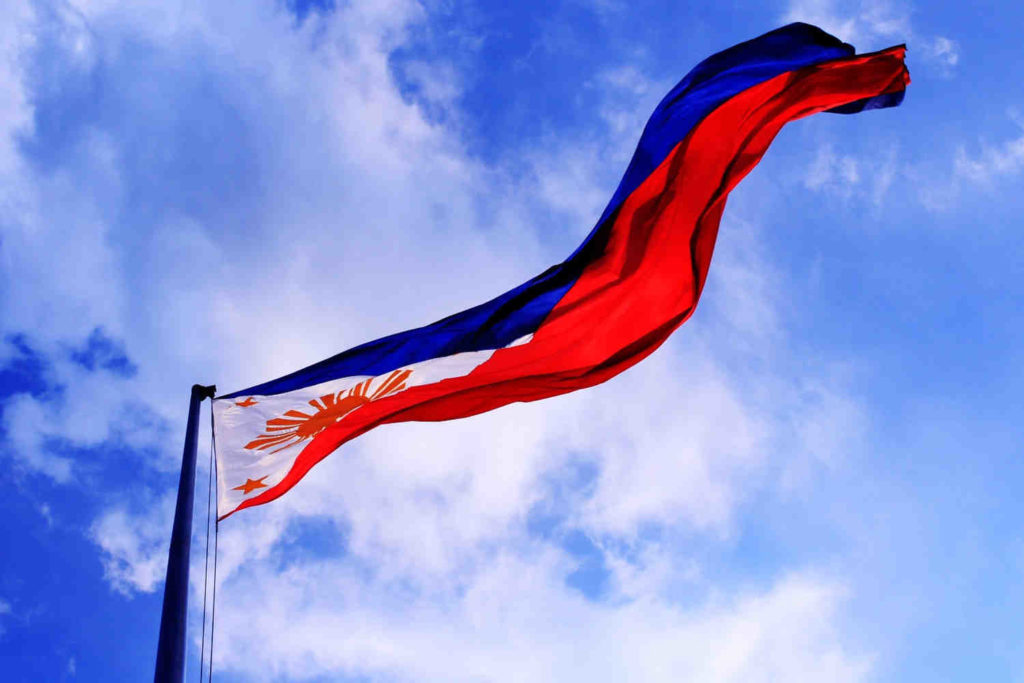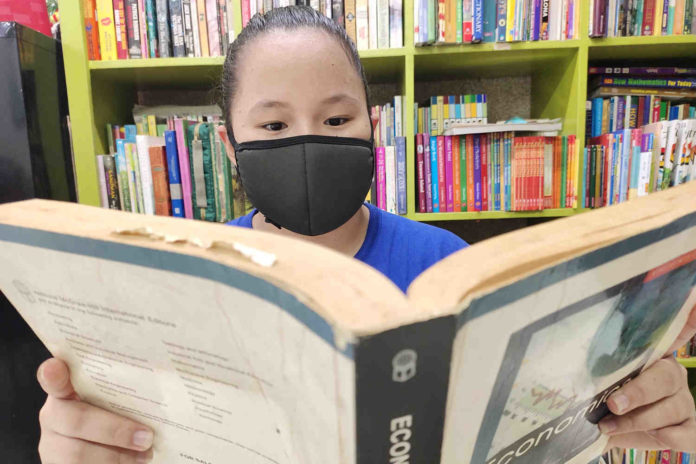Back to school in the Philippines is scheduled for October 5, 2020.
The government’s decision to again postpone the opening of public schools from August to October reflects the challenges from the COVID-19 pandemic.
On September 11, the Philippines health ministry reported 4,040 new infections — the highest daily increase in 12 days. Total confirmed coronavirus cases have risen to a Southeast Asian high of 252,964 and the death toll reached 4,108, according to a report by the Reuters news agency.
When COVID-19 lockdowns were mandated in March across the Philippines, classes in most schools were already ending. But the traditional June school opening was not possible due to the pandemic.
The International Labour Organization (ILO) and Asian Development Bank (ADB) says that the forced suspension of education and training due to the COVID-19 crisis will affect young people’s transitions to and within labor markets and could result in scarring effects.
Between 10 and 15 million youth jobs may be lost across 13 countries in the Asia-Pacific region in 2020. In the Philippines, youth unemployment rates are expected to reach at least double the 2019 estimates, according to the ILO and ADB study.
Although the last to reopen, the Philippines hasn’t been alone in delaying back-to-school. Malaysia gradually re-opened its schools before fully reopening in July.
In addition to the health risks of the pandemic, teachers in the Philippines are also faced with adapting their learning modalities to technology while being mindful of learners’ well-being during the pandemic.
Nico Fos is a Filipino language and literature teacher at Xavier School, a private Catholic college preparatory school for boys, in San Juan, Philippines.

He is an EdTech coach and expert in online distance learning, conducting workshops on the integration of technology in the curriculum in the Philippines. He is leading the shift towards different learning modalities under the new normal.
Speaking on the Teach For All panel “Teaching Despite a Pandemic: An Equity-Based Discussion” at LEARNTech Asia Virtual Conference 2020 Nico offered his insight and inspirational words on the teaching and learning transformation in the Philippines.
“It was so nice to hear that we are not alone, that what’s happening particularly in Southeast Asia and some areas around the world resonates with our context here in the Philippines,” said Nico.
“The inequity such as the digital divide and prioritization of needs are prevalent, and this pandemic widens that gap even more. But this also allows our teachers and school leaders to rise up to the occasion, becoming not just educators, but navigators and frontliners of learning.”
The following is adapted from Nico’s remarks from the discussion:
Maslow before bloom
I was reminded of an independent report written by my good friend Jim (Tuscano) and other global educators to UNESCO about Thinking about Pedagogy in an Unfolding Pandemic. They wrote about Maslow before Bloom. This should be the norm on how we go about our learning continuity program.
Our government, our institutions, our schools, should look into the needs of everyone first. The needs of students and families affected by the pandemic, health and safety of everyone, job securities, and then, most importantly, mental health and well being of our students.
From there, we decide what are the necessary learning continuity programs that should take place. The needs assessments also clearly indicate the need for equal access to technology and connectivity, prioritizing the education budget, and the readiness of the students, parents, and teachers.
Leveraging technology for learning
It’s a partnership between school leaders, teachers, and institutions so we can be able to mitigate the inequity issues brought about by this pandemic. We’re seeing how teachers and school leaders adapt to different delivery modalities and they contextualize the learning continuity programs.
In the Philippines, government leaders are stepping up by giving out tablet devices. Teachers are also being resourceful and creative in handing out learning modalities.
The Philippines is the world leader in social media usage. Some teachers and schools are already using Facebook Messenger as a form of interaction and communication.
But sadly, that’s not the whole picture in the Philippines, because there’s still a lot of inequity issues. There’s also broadcast enabled learning like radio and television. So it’s really more of a partnership between stakeholders in leveraging this technology.

Staying true to teaching practices
The digital divide grows wider and we still need a collective effort of the community: how a village can raise a child. The common denominator before and during this pandemic is the teacher and so it’s a really a personal process. As teachers, what kind of teacher values do you want to integrate into your respective communities, and how you go about your learning continuity programs.
I want to replicate an online learning environment that is focused on the process more than the product. Less activities and less assessments and focus more on the interaction and the feedback when authentic learning happens, even with this kind of learning modality.
Maintaining mental health
Since we are a Catholic Jesuit institution there’s a highlight of spiritual values. And at the same time, the personal relationships between teachers to be able to connect and to have regular check-ins. We have once or twice a week check-ins with other teachers — not just to talk about professional learnings, but to talk about what we’re doing in this time of the pandemic.
Frontliners of learning
I really think that we have gone beyond educating and teaching. We’re frontliners of learning. I’m a Filipino language and literature teacher. And I consider that teachers, not just in my subject, to be literacy workers as well.
This is a litmus test for ourselves as well. If you want to rise to the occasion. A lot of teachers are stepping up beyond their comfort zones. We see a lot of veteran teachers learning how to use Zoom.
We see a lot of teachers contextualized layering their lessons from having these online modules and offline modules and creating, unpacking learning competencies from our Department of Education. So these teachers have gone beyond the work — their calling. They have also become the frontliners of learning as well.

Braving the storm
In designing online courses we’re gradually shifting to a different learning modality. We have decided to use online distance learning. It’s a mixture of asynchronous activities and synchronous activities and this fits our context.
The Department of Education is having the teachers in the districts unpack and prioritize which kind of standards fit in the context and the needs of the students based on the needs assessments.
We are equipping and training our teachers on which kind of pedagogies and curriculum should be in place. Because this kind of learning is actually uncharted waters. If there’s an analogy, the pandemic is like a storm.
Maybe some of us are in a yacht, maybe some of us are in a boat, maybe some of us are clinging tightly on the logs. Some of us are just swimming around. So it’s a matter of us teachers and institutions working together on how we brave this storm.
Hope for the future
The hope that I’m seeing right now is the continuous growth mindset by our teachers and different leaders. It’s also clear to us in the Philippines that it’s a wake-up call for different government institutions.
Education is everybody’s business. It’s not just the focus should be shifted towards the teachers and the students, but also everyone — different sectors of society. So there’s a longer vision or longer goal. A long term focus on education.




